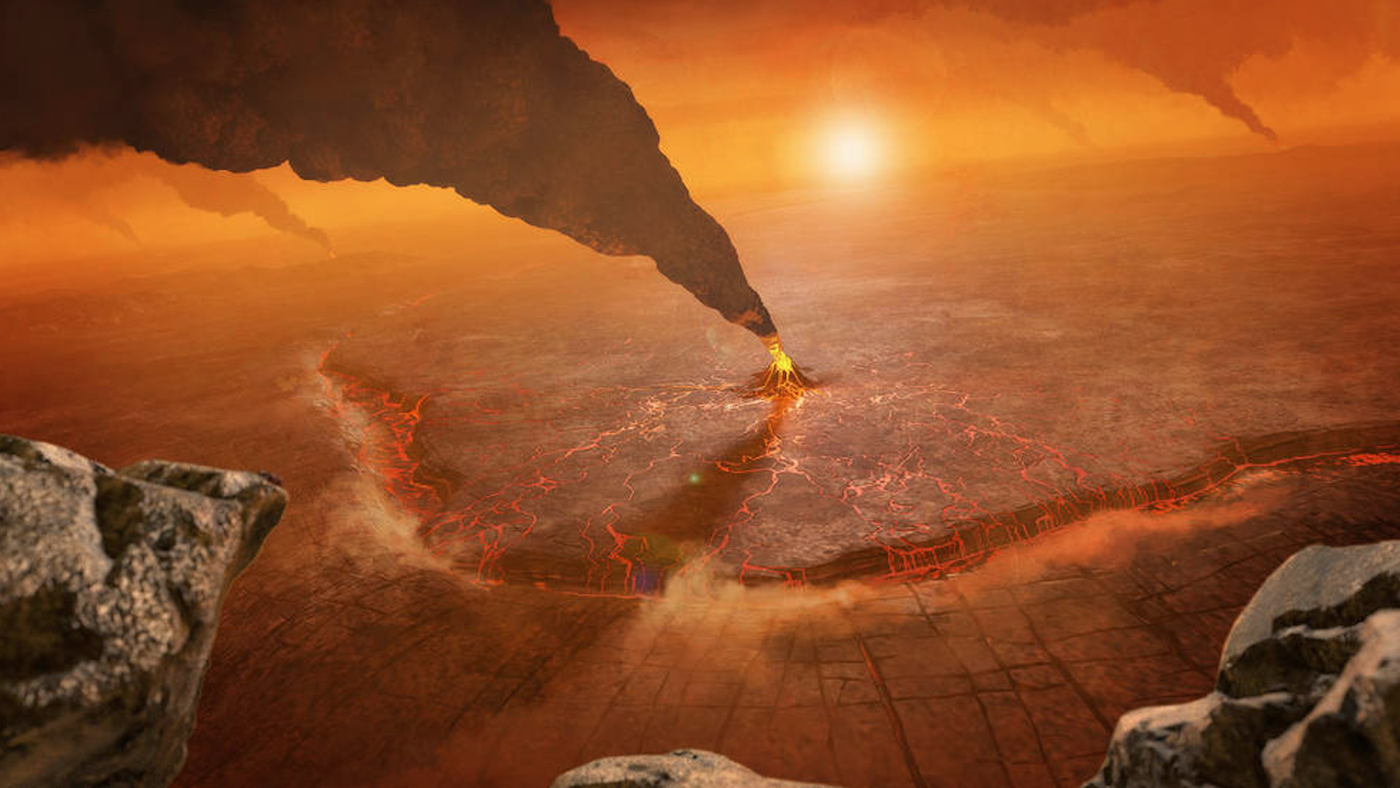The map shows the location and diameter of 85,000 volcanoes on Venus
2 min read
Planetary scientists Paul Byrne and Rebecca Hahn of the University of Washington have mapped tens of thousands of volcanoes on Venus. The map can help determine where on the planet the next eruption will come from, as it was produced using data from NASA’s Magellan mission, and shows 85,000 volcanoes up to 5 kilometers in diameter.
With the discovery of evidence of active volcanism on Venus, it is important to know aspects such as where volcanoes are concentrated, and their number and size. Such questions are addressed in the study, so that the map reveals in detail the location of the volcanoes, how they are grouped and how the spatial distribution compares to the geophysical characteristics of the planet.
“We came up with the idea of bringing everything together into one global catalog because no one had done it on such a scale before,” Hahn said. “It was boring, but I had experience with ArcGIF, which is what I used to create the map. This tool wasn’t available when the data [da missão Magellan] It was available during the ’90s.”
The Magellan mission reached Venus in 1990 and studied the planet from its orbit for four years. It was the first space mission able to image the entire surface of Venus, and found that volcanic flows make up at least 85% of it.
You can see the map in the tweet below, posted by Byrne:
But although Venus has volcanoes on most of its surface, it was found that there are relatively fewer of them, with a diameter of 20 to 100 km. This feature may be due to the availability of magma and the rate of eruptions. Volcanoes less than 5 km in diameter are the most common and account for 99% of the data obtained.
You might be surprised that there are more than 80,000 volcanoes on Venus, but to Han, that’s a conservative number, as there could be hundreds of thousands of other geological formations with volcanic characteristics out there. However, since they will be small, they end up unnoticed.
“We analyzed the distribution using various spatial techniques to see if the volcanoes cluster around other structures on Venus or are they in certain regions,” Han said. His colleague Byrne believes the new database will help scientists explore more places to look for evidence of recent geological activity on Venus.
The article with the results of the study has been published in the journal Journal of Geophysical Research.
source: Journal of Geophysical Research; via: Washington University

“Entrepreneur. Music enthusiast. Lifelong communicator. General coffee aficionado. Internet scholar.”

:strip_icc()/s04.video.glbimg.com/x720/11792055.jpg)

:strip_icc()/s03.video.glbimg.com/x720/11786998.jpg)



